The Psychology of Pet Play: What Different Games Mean

Pets, whether dogs, cats, or even small animals, engage in play as a form of communication, learning, and bonding. While we often think of pet play as just a way to entertain or exercise our pets, it is much more than that.
The games our pets engage in can reveal important insights into their emotions, mental state, and even their natural instincts. In this article, we will explore the psychology behind different pet games and what they can tell us about our furry friends.
Why Do Pets Play?
Before diving into specific games, it's essential to understand the broader role that play serves for pets. For animals, play is a vital aspect of development and socialization.
It helps them develop motor skills, learn boundaries, and practice behaviors necessary for survival. For domesticated pets, play provides both physical and mental stimulation, which contributes to their emotional well-being.
 Key Benefits of Pet Play:
Key Benefits of Pet Play:
Stimulates mental and physical development: Play challenges pets to think, problem-solve, and stay physically active.
Strengthens the bond between pets and owners: Playing together builds trust and helps create a deeper connection.
Releases pent-up energy: Play gives pets an outlet for energy, preventing destructive behaviors.
1. Fetch: The Ultimate Exercise and Bonding Game
Fetch is perhaps one of the most iconic pet games, especially for dogs. When a dog retrieves a thrown object, it’s more than just a game. In the wild, retrieving is linked to hunting and fetching prey, so for dogs, this game taps into their natural instincts.
While fetch is primarily a physical exercise, it also serves a social purpose. Playing fetch allows dogs to bond with their owners, reinforcing the human-animal connection.
Psychological Benefits of Fetch:
Instinctual satisfaction: Dogs fulfill their natural desire to chase and retrieve, which provides a sense of accomplishment.
Energy release: Fetch helps to burn off excess energy, which can prevent anxiety or destructive behavior.
Reinforcement of obedience: As dogs repeatedly fetch the ball, they practice commands like “sit” and “drop,” reinforcing training.
2. Tug-of-War: A Game of Strength and Trust
Tug-of-war is a popular game for dogs, and while it may seem like a simple test of strength, there’s more to it. This game allows pets to engage in an activity that mimics the play behaviors they might engage in with other animals, especially in a competitive setting.
Tug-of-war can also help establish a healthy relationship between pet and owner by promoting trust and controlled competition.
What Tug-of-War Means Psychologically:
Establishing boundaries: While tug-of-war can be an exciting, energetic game, it also teaches dogs important lessons in self-control and boundaries. For example, teaching a dog to "drop it" on command reinforces discipline.
Building trust: Since the game requires cooperation (letting the pet win sometimes), it fosters trust between the dog and its owner.
Simulating social interaction: Dogs, especially those with strong prey instincts, enjoy games that mimic hunting behaviors, and tug-of-war can replicate this in a safe and controlled environment.
3. Hide and Seek: Mental Stimulation and Problem Solving
Hide and seek isn’t just a fun game for children; it can also be a highly engaging game for pets, especially for dogs and cats. This game taps into their curiosity and problem-solving skills, encouraging them to use their noses and brains to find hidden objects or even their owners.
The excitement of discovery in hide and seek helps stimulate pets mentally, providing much-needed enrichment for pets left home alone.
 Psychological Insights of Hide and Seek:
Psychological Insights of Hide and Seek:
Problem-solving: Pets learn to think critically and use their problem-solving skills to locate the hidden object or person.
Mental stimulation: This game challenges pets to engage their minds, which can help alleviate boredom and reduce anxiety.
Strengthening bond: Hide and seek can help deepen the bond between the pet and owner, as it involves cooperation and trust.
4. Laser Pointer Games: Stimulation for Cats (and Dogs!)
For cats, the laser pointer game is a great way to provide exercise and mental stimulation. The unpredictable movement of the light mimics the behavior of prey, encouraging cats to chase and pounce.
While dogs can enjoy chasing the laser pointer as well, it is most commonly associated with feline play. However, it’s important to note that this game can also have psychological benefits if played correctly.
What Laser Pointer Play Reveals:
Prey drive stimulation: Cats are natural hunters, and chasing the elusive laser pointer satisfies their instinctual need to hunt.
Engagement and exercise: This game provides mental stimulation, as cats must think quickly and act swiftly to catch the light, which also helps in burning energy.
Frustration: Be cautious, though—if the game is played too often, cats may experience frustration as they never actually "catch" the prey. It’s a good idea to occasionally let them catch a treat or toy after chasing the light.
 5. Puzzle Games: Encouraging Problem-Solving and Patience
5. Puzzle Games: Encouraging Problem-Solving and Patience
Puzzle games are a wonderful tool for both dogs and cats, offering them an opportunity to work through challenges. These games, which can include treat-dispensing toys or interactive puzzles, provide mental stimulation and encourage problem-solving.
Pets must figure out how to access the treat or toy, which exercises their brains and provides a sense of accomplishment.
Psychological Benefits of Puzzle Games:
Cognitive development: Puzzle games engage pets’ brains, improving their problem-solving skills and cognitive abilities.
Stress relief: The focus required for these games can be a great stress-reliever for pets, especially those with anxiety.
Delayed gratification: These games encourage patience as pets learn to work for their reward, promoting positive behaviors.
 6. Chasing Balls or Feathers: Exercise and Prey Instincts
6. Chasing Balls or Feathers: Exercise and Prey Instincts
Games that involve chasing balls or feathers cater to a pet's natural prey instincts. Whether it’s a dog chasing a ball or a cat swatting at a feather, these games simulate hunting behavior and provide an excellent way for pets to get exercise while satisfying their instincts.
Chasing and catching these objects release energy and engage the pet’s muscles, making these games both fun and physically beneficial.
Psychological Impact of Chasing Games:
Prey drive satisfaction: For both cats and dogs, chasing objects mimics hunting behavior, giving them a sense of purpose and achievement.
Bonding: These games often involve human interaction, helping to strengthen the bond between pet and owner.
Exercise and energy release: Chasing is a fantastic way for pets to burn off excess energy in a positive and enjoyable way.
 Understanding the Psychological Benefits of Pet Play
Understanding the Psychological Benefits of Pet Play
Pet play is not just a fun pastime; it’s an essential part of mental stimulation, emotional development, and bonding between you and your pet.
The different games that pets engage in—whether fetch, tug-of-war, hide and seek, or puzzle-solving—are not only physically enriching but also provide important insights into your pet’s emotional and psychological needs.
By understanding the psychology behind these games, you can ensure that your pet is not only entertained but also mentally and emotionally healthy.
Playtime is a powerful tool that helps build a strong, trusting relationship between you and your pet, creating a happier and more harmonious home.
Did you find this post useful or inspiring? Save THIS PIN to your PETS Board on Pinterest!
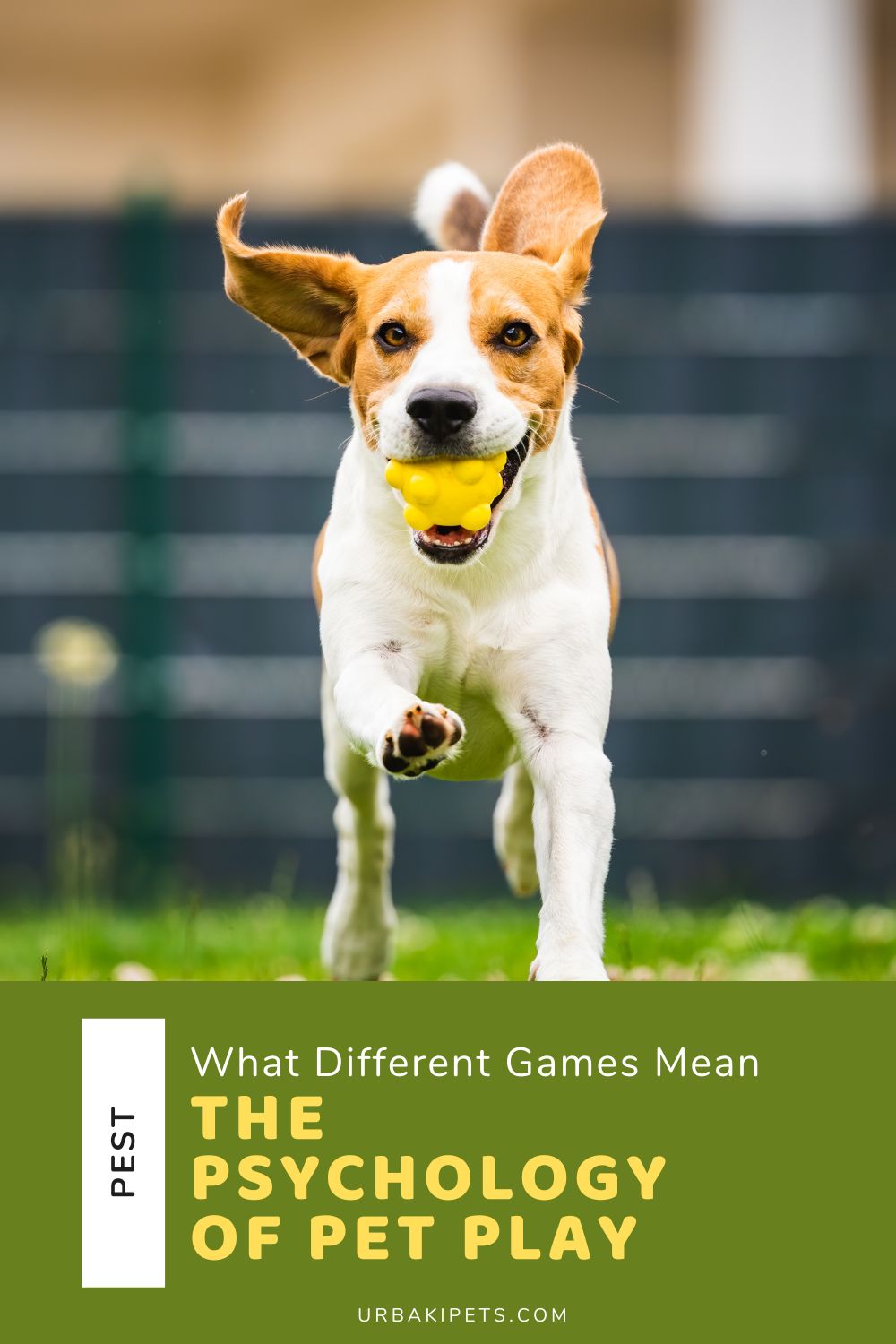

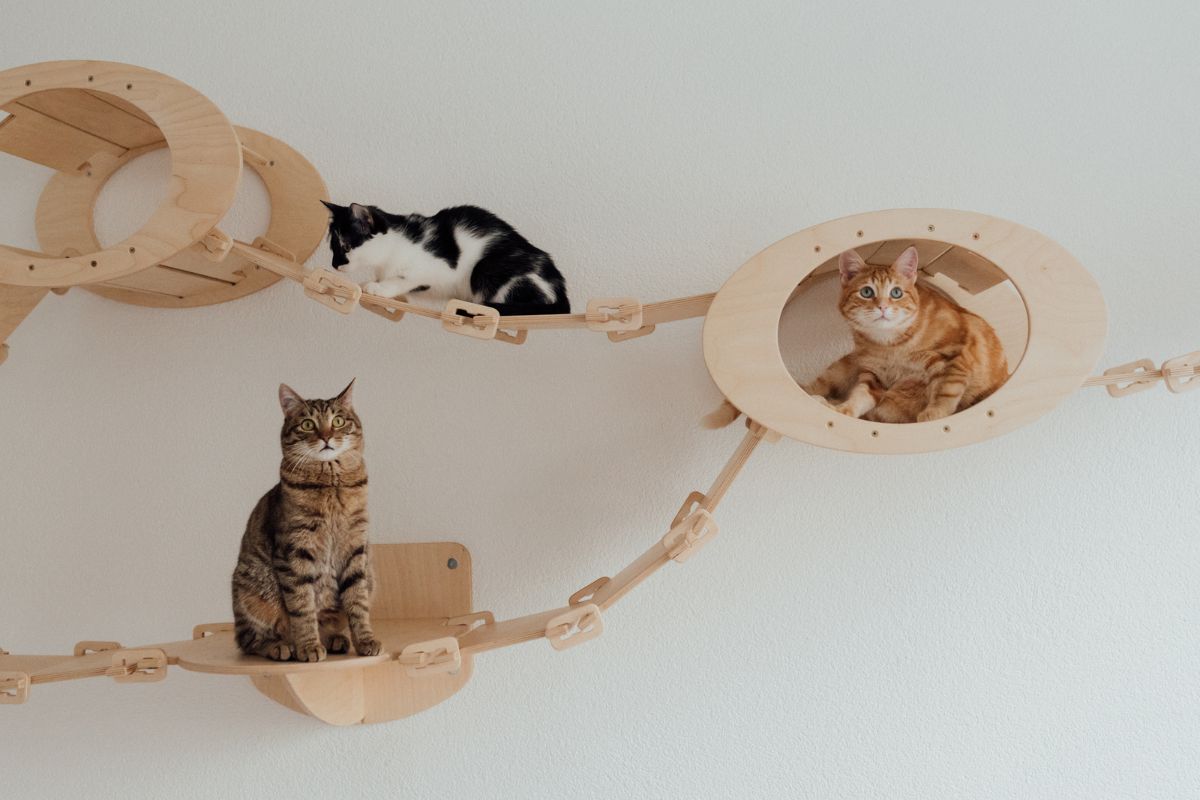 Key Benefits of Pet Play:
Key Benefits of Pet Play: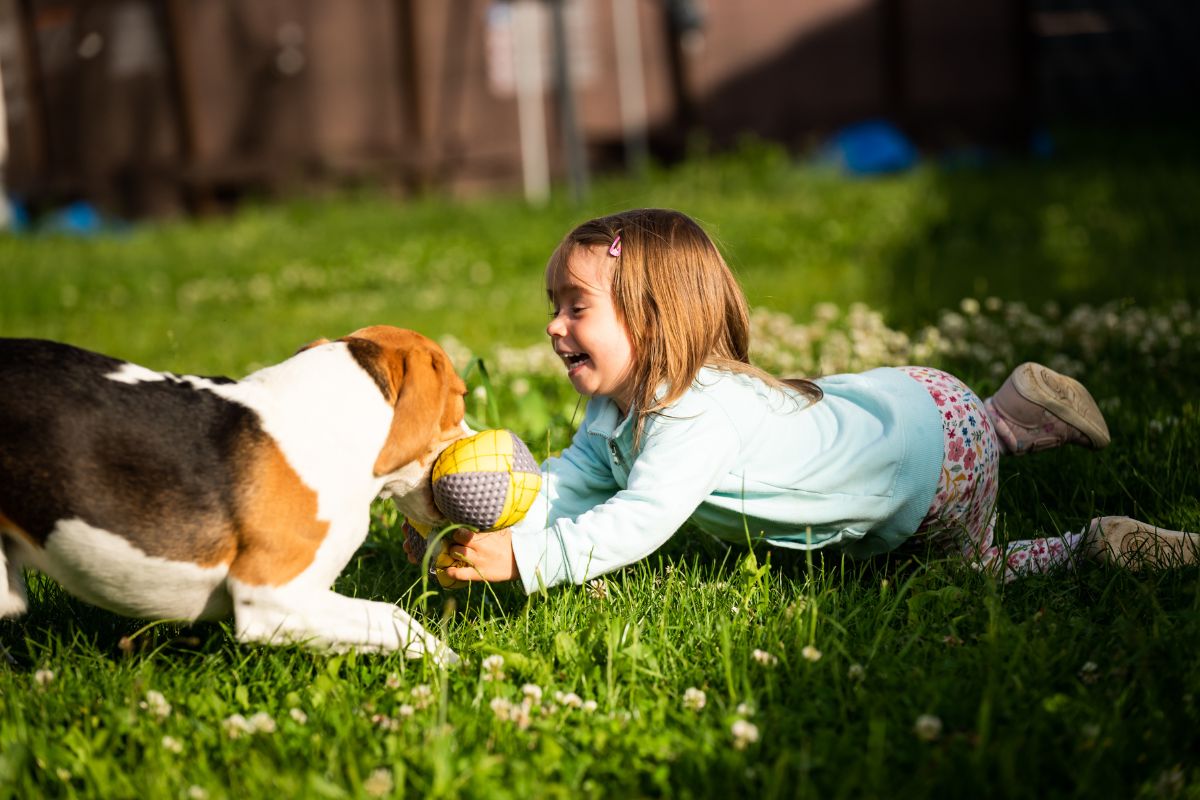 Psychological Insights of Hide and Seek:
Psychological Insights of Hide and Seek: 5. Puzzle Games: Encouraging Problem-Solving and Patience
5. Puzzle Games: Encouraging Problem-Solving and Patience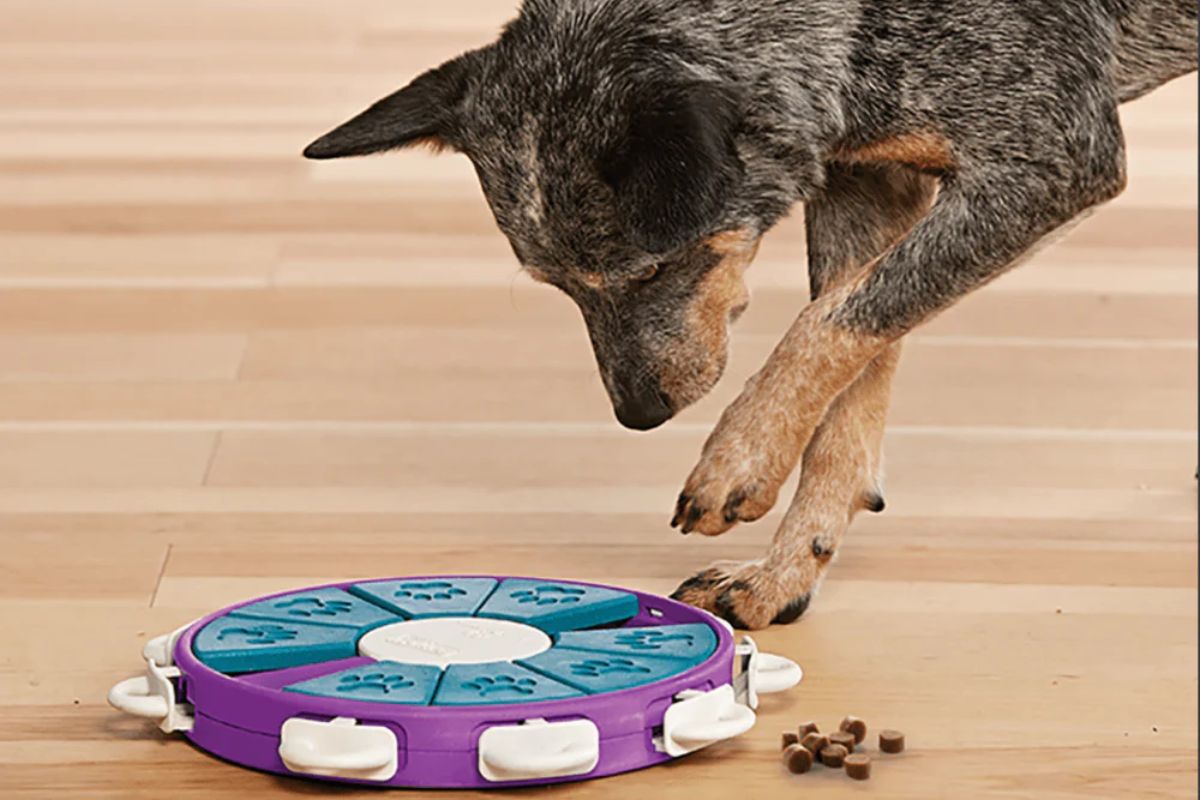 6. Chasing Balls or Feathers: Exercise and Prey Instincts
6. Chasing Balls or Feathers: Exercise and Prey Instincts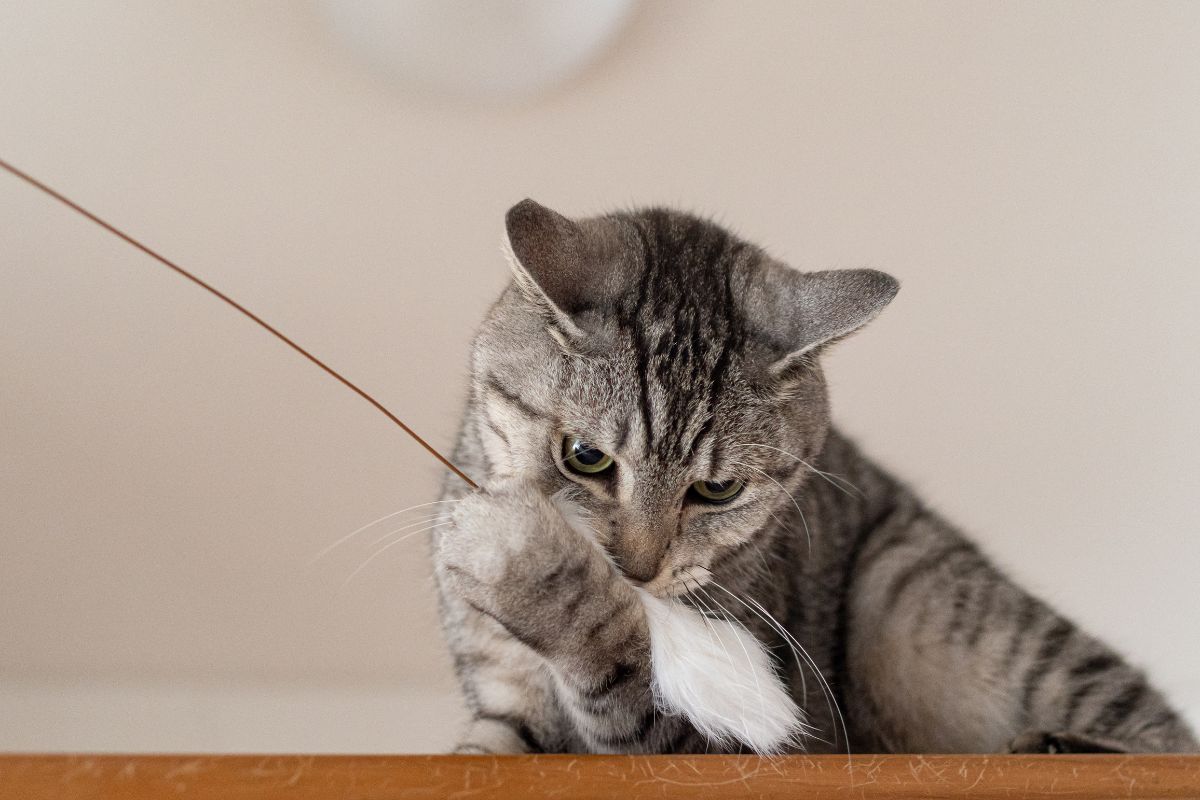 Understanding the Psychological Benefits of Pet Play
Understanding the Psychological Benefits of Pet Play
You may also like